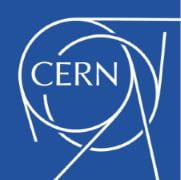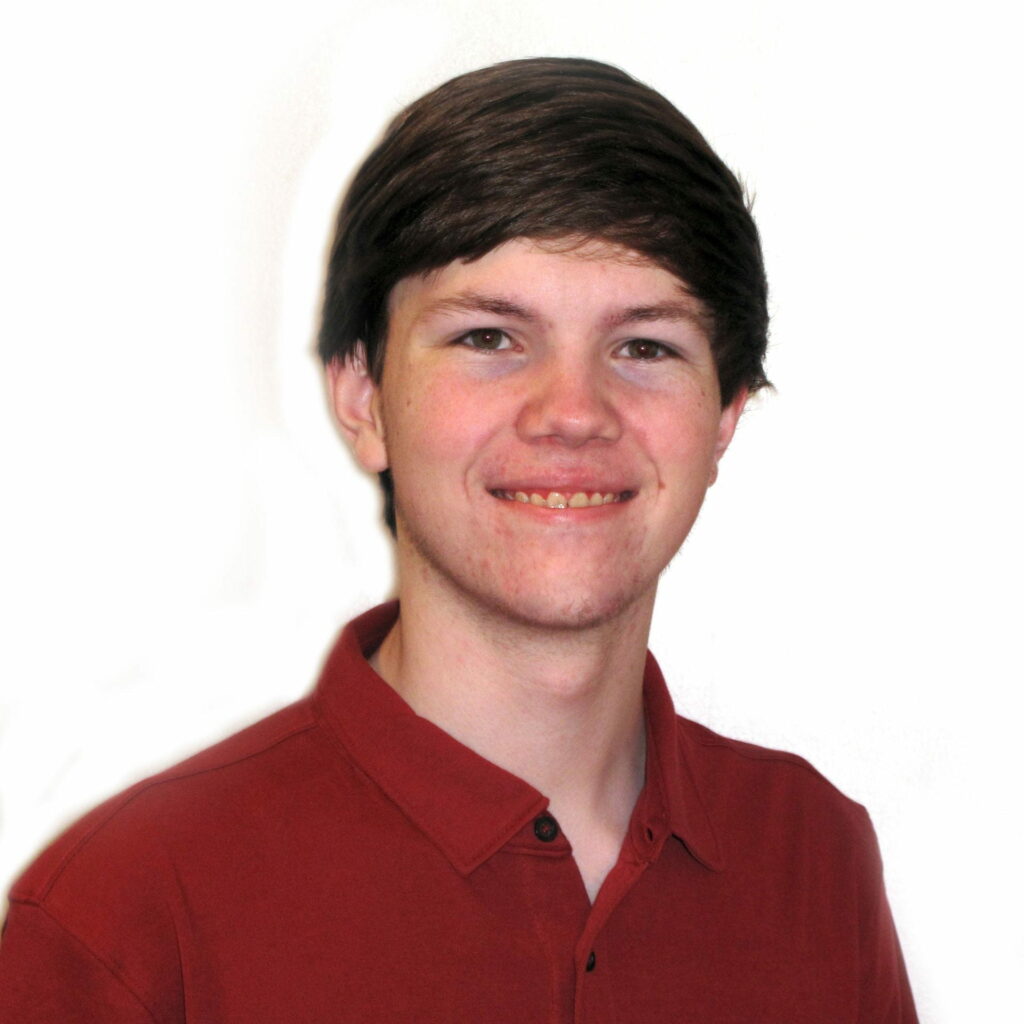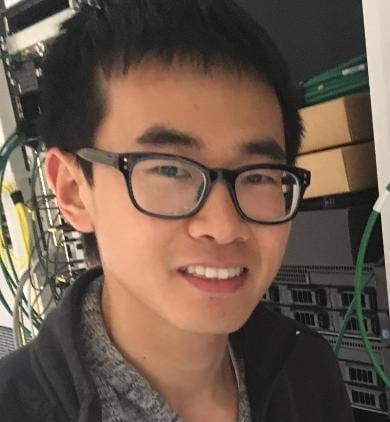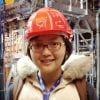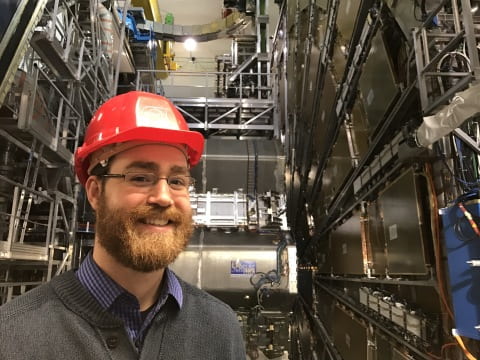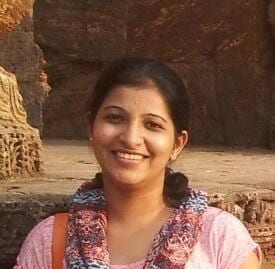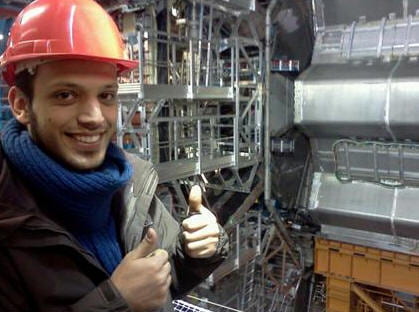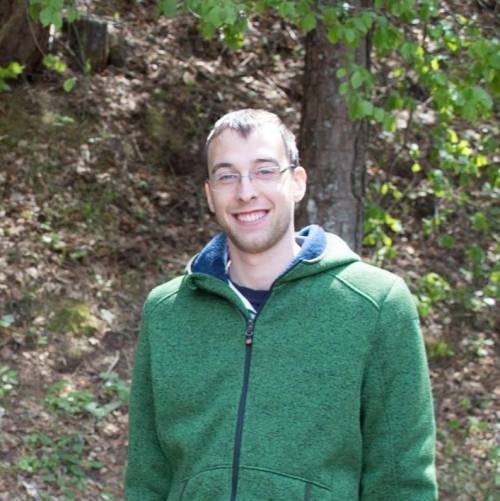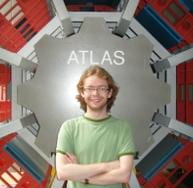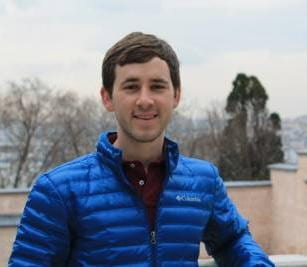I am one of four SMU faculty members who together form the SMU ATLAS Research Group. For information about the activities of the other faculty members, please see our main group research page.
Contents
What is the ATLAS Experiment?

The ATLAS Experiment is operated by a collaboration of about 5000 scientists from 180 institutions in 38 countries. Together, we are working at the highest-energy collision frontier ever explored by humanity in an attempt to answer fundamental questions about the universe. What are the building blocks of nature? What was the universe like when it was just a billionth of a second old? Are there extra dimensions of space or time that can be reached at high energies? What is the origin of mass in the universe? What is dark matter?
Current Research Collaborators

Rasikh Amirali. Undergraduate Research Assistant. Study of non-Higgs jets as background to Higgs decays to gluons. 
Jared Burleson
Undergraduate Researcher, President’s Scholar, Hamilton Research Scholar. 2019-present. Study of gluon splitting and hadronic Higgs boson decays. SMU Hamilton Scholar (Summer 2019). Recipient of an inaugural US ATLAS SUPER award (Summer 2019).
Katharine Leney. Research Assistant Professor. 2018-present. Focus on bottom-quark-initiated jet triggers, di-Higgs production and decay, and H →bb, ττ. Analysis leader in the ATLAS di-Higgs community. 
Chris Milke
PhD Candidate, DOE Office of Science Graduate Research Fellow. Recipient of 2019-2020 SC-GSR Fellowship to support work at the SLAC National Accelerator Laboratory on ATLAS Detector Upgrades, Machine Learning, and Higgs Physics.
Andrew Reis. Undergraduate. Study of b-jet flavour tagging using machine learning on-chip. 
Peilong Wang. PhD Candidate. 2014-Present. FTK monitoring software. His physics analysis effort focuses on the study and modeling of backgrounds in the effort to definitively measure pp→WH(bb). Supported by US ATLAS Center (ATC) award to conduct testing work at SLAC for the ATLAS tracking system upgrade.
Past Research Collaborators

Tingting Cao. PhD Student. 2009-2016. First post-doctoral position: Tel Aviv University on the ATLAS Experiment. PhD thesis on establishment of spin-parity quantum numbers of Higgs boson. 
Matthew Feickert. PhD Student. 2014-2019. First post-doctoral position: UIUC on ATLAS. PhD thesis was the first ATLAS study of highly boosted H→bb production. 
Ruchi Gupta. Postdoctoral Researcher. 2014-2018. Leader of ATLAS b-jet trigger signature group. Study of H->WW. Went on to DESY. 
Nicole Hartman. Undergraduate Reseseacher. 2013-2016. SMU President’s Scholar. National Goldwater Scholar. NSF Graduate Fellowship recipient. PhD student at Stanford. 
Jeff Hetherly. PhD Student. 2012-2017. Went on to data scientist positions in private industry. Now at Google Brain. PhD on first H->bb search at 13 TeV. 
Francesco Lo Sterzo. Postdoctoral Researcher. 2017-2018. Contributed to first observation of H->bb, with emphasis on reducing key systematics. Data scientist at Natural Cycles in Geneva, Switzerland. 
Rebecca Moore. Undergraduate Researcher. Study of gluon splitting and hadronic Higgs boson decays. Ph.D. candidate at Vanderbilt University (2020-). 
Matteo Puel. University of Trento (Italy) and INFN graduate student scholar. 2018. Collaborated with SMU during his fellowship on the highly boosted H->bb process. Developed new candidate selection approaches. 
Aidan Randle-Conde. Postdoctoral Researcher. 2010-2013. Went on to second Post-doctoral Researcher position at the Universite Libre de Bruxelles on the CMS Experiment. Developed first ATLAS search for electrically charged Higgs boson and the first ATLAS search for h→Zγ. 
Matthew Rispoli. Undergraduate Researcher. 2011-2012. SMU President’s Scholar. SMU Hamilton Scholar. National Goldwater Finalist. Recipient of NSF Graduate Research Fellowship. Contributed to background estimation in ATLAS Charged Higgs search in Run 1. PhD from Harvard in 2019. 
Tia Szesniak. Undergraduate Researcher. Summer 2016. SMU Hamilton Scholar. Study of novel jet substructure methods and their applications to jets from heavy boson decay, specifically in pp→ZH(bb).
Opportunities at SMU
The SMU ATLAS group is involved in both technical and physics analysis contributions to the ATLAS experiment. My own effort is focused on two areas: the coupling of the Higgs bosons to heavy quark flavors, with emphasis on the bottom quark, and technical contributions related to that physics in b-jet triggers, flavor tagging, and hardware-based tracking.
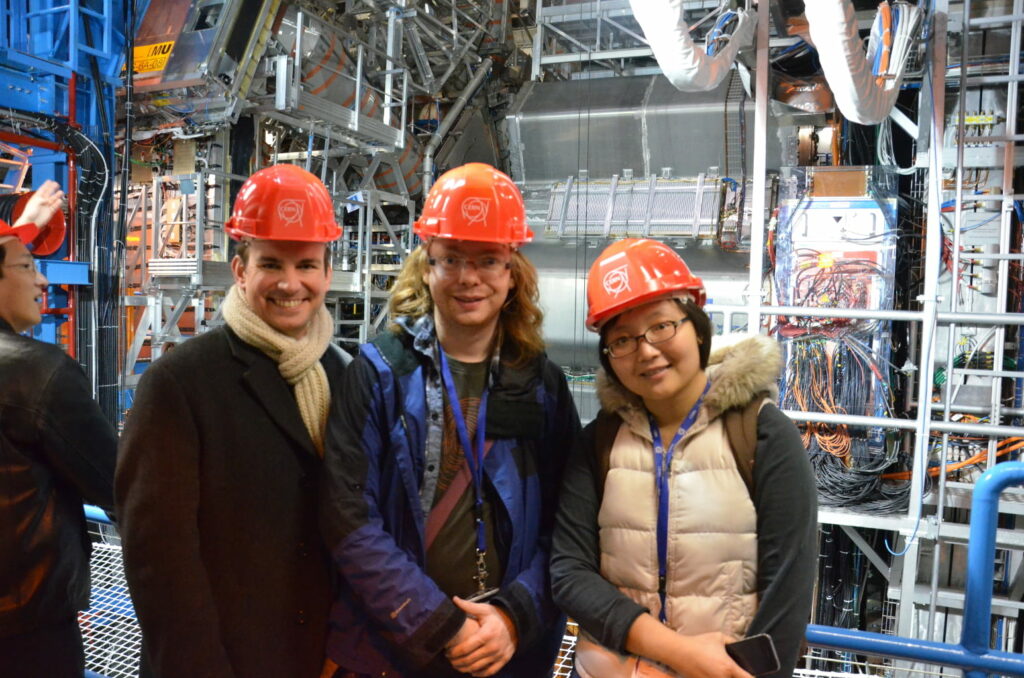
If you are interested in any of these areas, please consider applying to our PhD program and pursuing your research with me on the ATLAS Experiment, or if you’ve already completed or are soon-to-complete your PhD you should consider applying for any open post-doctoral positions within the SMU ATLAS group.
SMU is home to a world-class optoelectronics research laboratory anda new firmware laboratory that currently supports R&D work for ATLAS upgrades. In addition, we are home to an world-class high-performance computing system, called “ManeFrame II”, that provides priority computing access to local users. The SMU Physics Department focuses only on particle physics and astroparticle physics, providing a deep concentration on areas that would be of most interest to LHC physicists.
